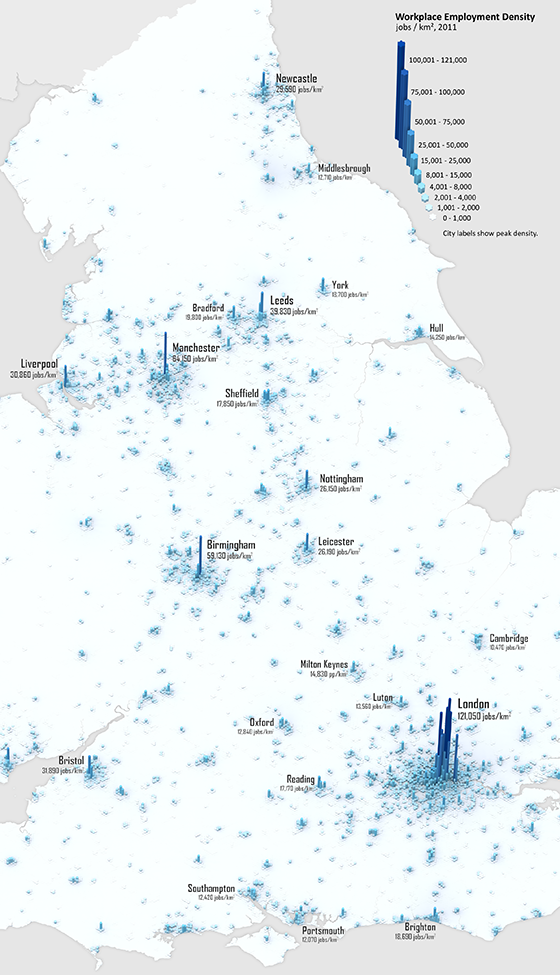Another paper to my never ending reading list (ht Flavia Feitosa)
Rothwell, J. T., & Massey, D. S. (2015). Geographic Effects on Intergenerational Income Mobility. Economic Geography, 91(1), 83-106. Ungated version here.
Abstract:
Rothwell, J. T., & Massey, D. S. (2015). Geographic Effects on Intergenerational Income Mobility. Economic Geography, 91(1), 83-106. Ungated version here.
Abstract:
Research on intergenerational economic mobility often ignores the geographic context of childhood, including neighborhood quality and local purchasing power. We hypothesize that individual variation in intergenerational mobility is partly attributable to regional and neighborhood conditions—most notably access to high-quality schools. Using restricted Panel Study of Income Dynamics and census data, we find that neighborhood income has roughly half the effect on future earnings as parental income. We estimate that lifetime household income would be $635,000 dollars higher if people born into a bottom-quartile neighborhood would have been raised in a top-quartile neighborhood. When incomes are adjusted to regional purchasing power, these effects become even larger. The neighborhood effect is two-thirds as large as the parental income effect, and the lifetime earnings difference increases to $910,000. We test the robustness of these findings to various assumptions and alternative models, and replicate the basic results using aggregated metropolitan-level statistics of intergenerational income elasticities based on millions of Internal Revenue Service records.



